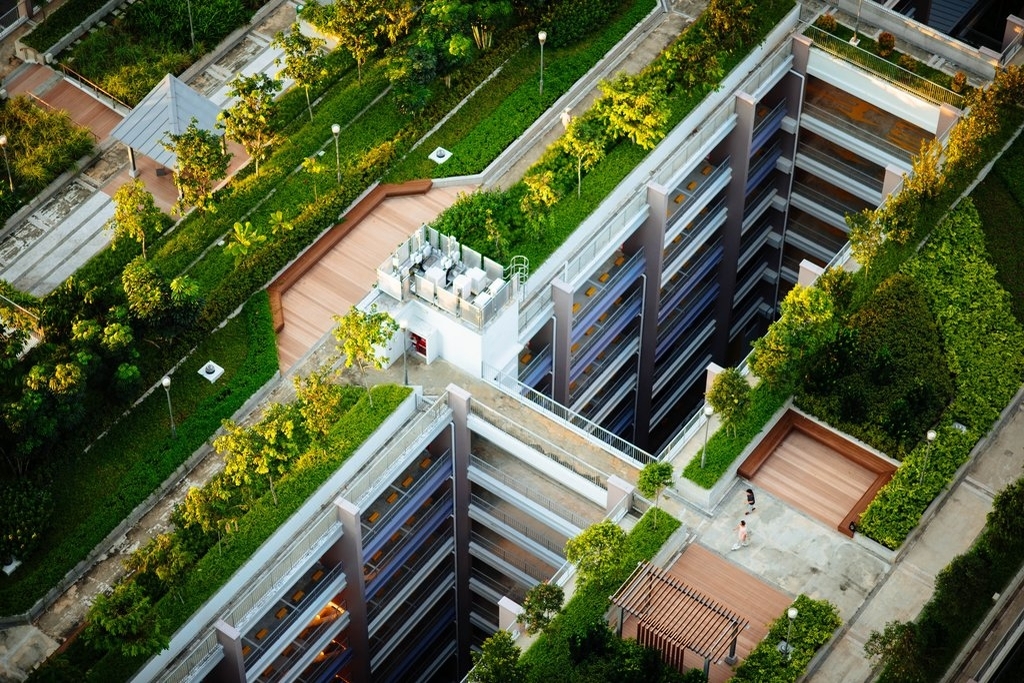The Main Principles Of City Blooming
The Main Principles Of City Blooming
Blog Article
City Blooming Fundamentals Explained
Table of Contents8 Easy Facts About City Blooming ShownLittle Known Questions About City Blooming.Get This Report on City BloomingThe Ultimate Guide To City BloomingThe 9-Minute Rule for City Blooming
Interested in expanding food up for sale in the City of Chicago? Thinking of beginning an area garden? Adjustments to the Chicago Zoning Statute enable farming usages like neighborhood gardens and city farms in many components of the city. Below is a list of regularly asked questions concerning the policies and laws that cultivators need to take into consideration when planning a metropolitan agriculture task.
The zoning change does not change any type of various other codes taking care of composting, structure licenses, acquiring or leasing City owned residential property, organization licenses or environmental contamination. There are existing codes that regulate these problems and they stay completely effect and may apply to your project. Neighborhood gardens are commonly owned or managed by public entities, civic companies or community-based companies and preserved by volunteers.
Urban ranches expand food that is intended to be offered, either on a not-for-profit or for-profit basis. Due to their business function, city ranches require a service permit. Yes. An area garden is allowed to market excess create that was grown on site if the sales are accessory or secondary to the yard's main function defined over.
City Blooming Can Be Fun For Anyone
Composting is allowed but just for plant material that is generated and utilized on site. The quantity of garden compost material can not exceed 25 cubic lawns at any type of provided time according to the standards in 7-28-715 of the City's Municipal Code. Yes. Because the dirt at the majority of brand-new garden websites requires amending, garden compost, dirt, timber chips, or other products can be acquired to create or improve the growing room - balcony and patio garden design.

If a structure authorization is required after that the hoophouse will be taken into consideration an accessory building. You can figure out more concerning the structure license needs by contacting the Division of Buildings. The 25,000-square-foot dimension restriction is planned to stop a solitary area yard from controling a provided block or detracting from the block's existing property or business personality.
The limit does not put on yards situated in Public Open Room (POS) areas. Can there be more than one area garden that is 25,000 square feet on a single block? Yes. The size limitation puts on private gardens, not to specific blocks. No. Fence is not needed, nevertheless, gardens that have big car parking locations may be needed to install fencing or various other landscaping functions.
Things about City Blooming
B1 & B2 areas need that all business usage tasks be conducted indoors. Is fence needed for urban ranches? Fences may be required, along with landscape design and testing, for particular parking areas and outside work or storage space locations depending on area and the particular activity taking place.
Yes. Urban farms call for building licenses and zoning authorizations before building and construction. Various other forms of city evaluation may be needed relying on details frameworks, tasks, dimension, landscape design, licensing, public heath and stormwater monitoring problems. Many of these demands are determined in the job layout or allowing procedure, nonetheless, the candidate might be accountable to independently determine certain licenses or permits that might be needed.
The Department of Service Affairs and Customer Defense can help determine the details type of organization permit that's needed. Off street parking is required for a lot of business tasks in Chicago. The required number of car park rooms is based on the number of employees functioning on website and not the square video footage of the expanding room.
5 Easy Facts About City Blooming Described

Yes. An urban ranch can offer compost product generated on site, nonetheless, the operation has to follow the regulations in 7-28-715 of the Chicago Municipal Code. Yes. Aquaponic systems are enabled indoors on metropolitan ranches in lots of zoning districts. Nevertheless, a zoning review and structure authorization is needed in order to set up frameworks or systems and an organization license is required as explained above.
Up to 5 hives or swarms of honey bees may be kept as an accessory usage. Beekeepers have to sign up with the Illinois Division of Farming. For more details about the suggested zoning change you may speak to the Division of Real Estate and Economic Development, Bureau of Preparation and Zoning at 312.744.8563.
, which takes location in rural areas at the side of residential areas.
The Facts About City Blooming Revealed
It can entail an activity of natural cultivators, "foodies" and "locavores", who seek to create social media networks based on a shared principles of nature and community holism. These networks can develop by way of formal institutional assistance, becoming integrated into neighborhood community preparation as a "shift community" movement for sustainable city development.
In either instance, the a lot more direct access to fresh vegetable, fruit, and meat products that may be understood via metropolitan farming can enhance food safety and click over here food safety while lowering food miles, causing lower greenhouse gas discharges, thus contributing to environment adjustment mitigation. A few of the first evidence of urban agriculture originates from Mesopotamia.
Report this page